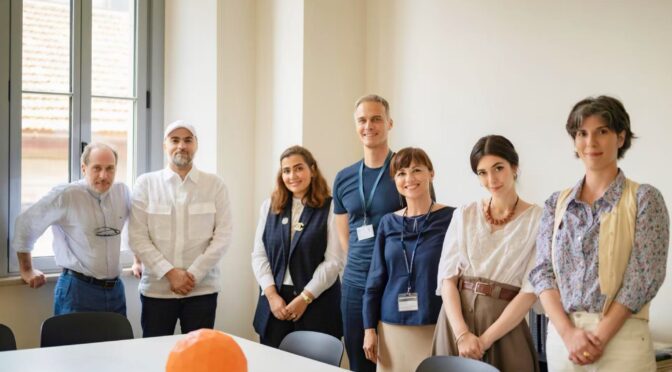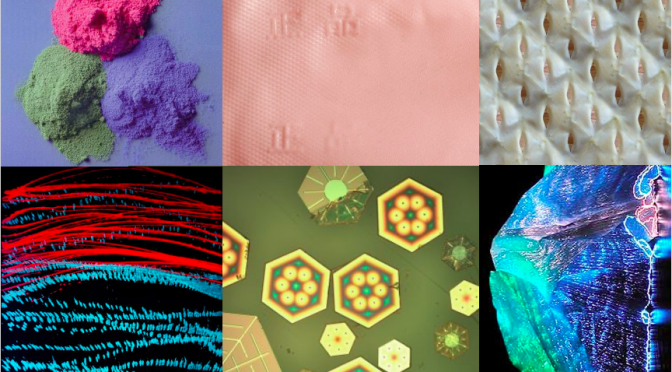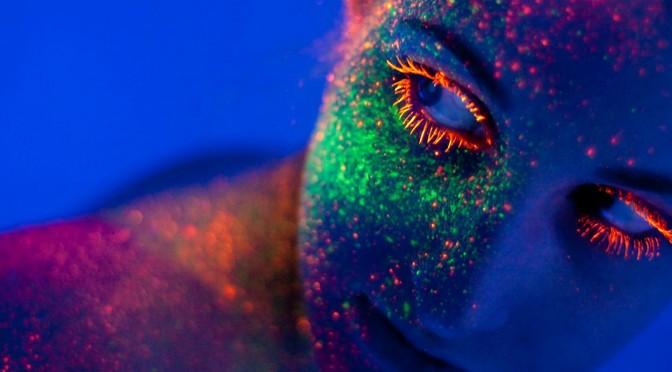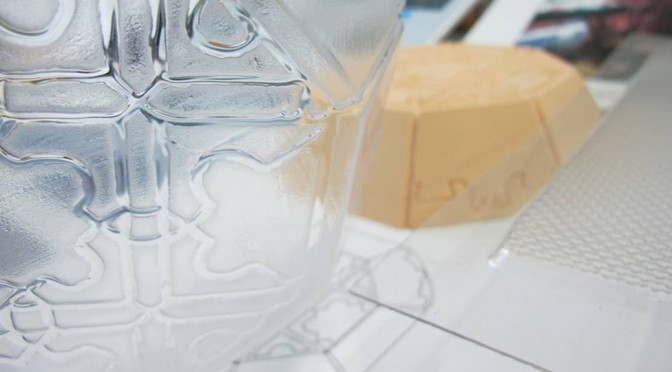Under the vision of Saudi Arabia’s Vision 2030, the Higher Diploma in Traditional Product Development project, a collaboration between Politecnico di Milano and the Royal Institute of Traditional Arts of KSA (WRTH), aims to integrate traditional craftsmanship with modern design methodologies. The project employs a design-driven approach to empower local artisans and emerging designers, connecting heritage techniques with contemporary market demands and achieving a harmonious balance between cultural preservation and innovation.
Category Archives: Teaching
Augmented Materials for Tangible Interfaces: Experimenting with Young Designers
La luminescenza come stimolo di progetto
La luminescenza è un fenomeno tanto affascinante quanto poco approfondito. Scientificamente è definita “emissione di radiazione elettromagnetica a seguito di sollecitazioni di diverso tipo”e si manifesta come capacità di un materiale di assorbire energia e di restituirla successivamente sotto forma di luce. Le sue forme più conosciute sono la fluorescenza e la fosforescenza. Esistono però altre declinazioni del fenomeno altrettanto interessanti, quali la bio-, termo-, sono-, chemio-, radio-, tribo- ed elettro- luminescenza.
Plastiche rigenerate e nuovi packaging per il food
di Naike Cogliati
Ogni anno, nel secondo semestre, il Politecnico di Milano organizza una settimana di workshop con la collaborazione di importanti aziende nel panorama europeo.
Nella settimana dal 12 al 16 maggio 2014, presso la Scuola del Design e più precisamente all’interno del corso di laurea in Design del Prodotto Industriale, si è tenuto il workshop progettuale “Material Design. To Pack Mediterranean Food”, coordinato da Marinella Ferrara con la partecipazione dei visiting professor Vincenzo Castellana (ADI) e Mao Hong Ping (Jingdezhen Ceramic Institute, Cina).
Continue reading Plastiche rigenerate e nuovi packaging per il food



